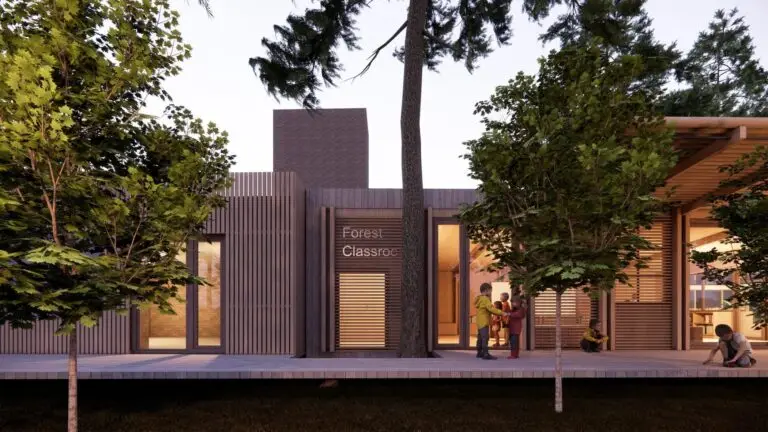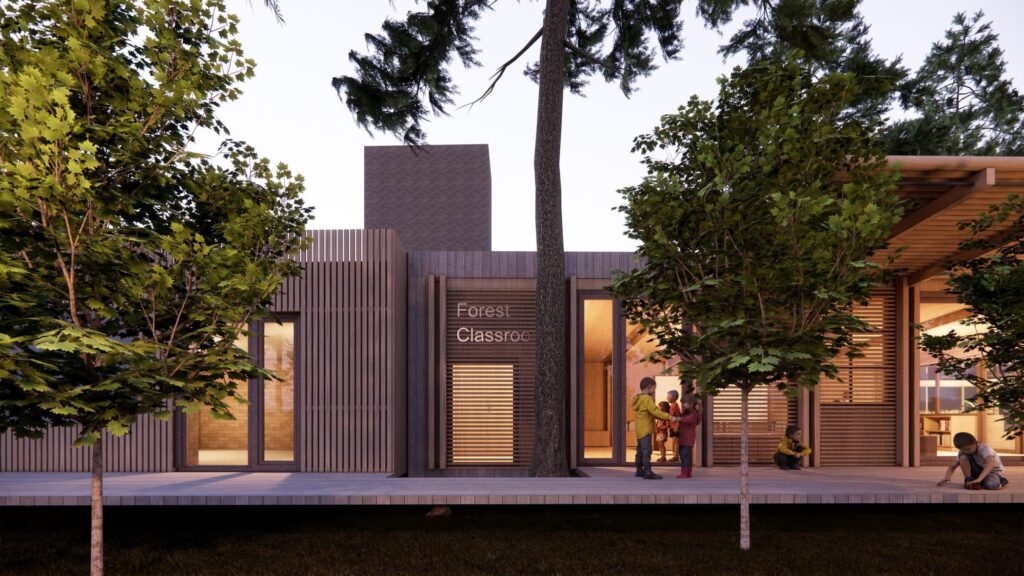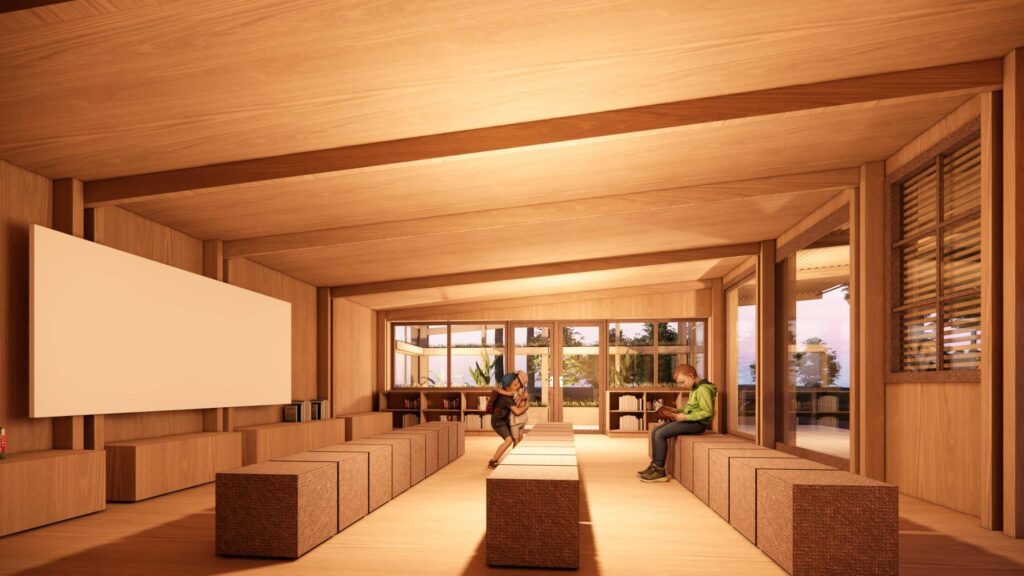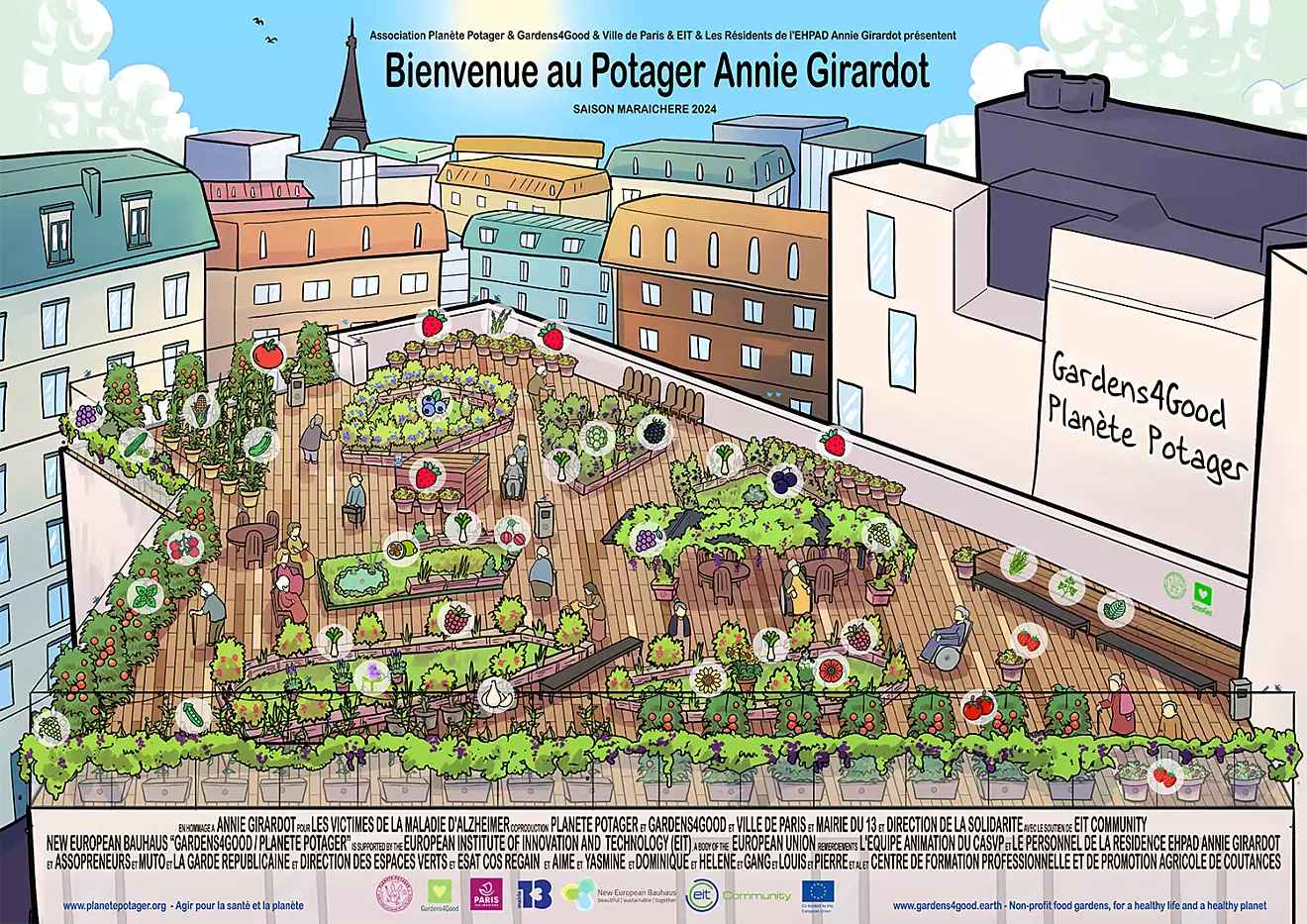
Accelerating NEB Solutions Through Start-ups: Meet the 2025 Catalyse Cohort
This year, 17 companies from across Europe have joined Catalyse NEB. Let’s meet them.

In the wake of conflict and devastation, the city of Bucha, Ukraine, is finding ways to heal and rebuild. One of the most inspiring initiatives to emerge from this process is the Bucha Forest Classroom, a project supported by the EIT Community New European Bauhaus (NEB). The Bucha Forest Classroom demonstrates how enhancing natural spaces within urban environments can strengthen community resilience and support holistic wellbeing.

The atrocities that occurred in Bucha will live long in the memories of the community. Many civilians were killed during the early stages of the Russian invasion in April 2022. Following intense fighting, Russian forces eventually retreated, leaving Bucha to confront the formidable task of rebuilding both its physical infrastructure and its sense of community. In the aftermath, restoring the city’s education facilities emerged as a key priority.
The Bucha Forest Classroom is an extension of the larger Bucha School project, which began in the summer of 2022. Initially, the project began when a Lithuanian business group, owning an unused land plot in Bucha, decided to donate part of it for the construction of a new school. Drawing on their experience in developing schools across Lithuania, Poland, and Latvia, the project team partnered with Climate KIC, to create a learning space that would support the community’s recovery.
The project’s concept was further inspired by the principles of the New European Bauhaus principles which advocate for sustainable, inclusive spaces that embrace style beyond functionality. As Aivaras Karalius, CEO of BT Invest and a key coordinator of the project, explained:
“The idea is to create a smaller, nature-integrated educational space – a ‘little brother’ project to the larger Bucha School – using sustainable, innovative materials.”
Aivaras Karalius, CEO of BT Invest
Situated in a public park, the Bucha Forest Classroom has been designed as a multi-functional community hub. The classroom will integrate sustainable, circular materials into its construction, such as straw panels and protective window film on the external glass to minimise bird collisions with the windows, and help to maintain the wildlife of the park.
The classroom’s natural setting is designed to encourage learning both in and around the environment. It will serve as an open, calming space where students can learn about local biodiversity and develop environmental stewardship skills. Beyond education, the classroom will also function as a place of psychological support, providing the community with a neutral, green space to disconnect from the city.

One of the most compelling aspects of the Bucha Forest Classroom is its participatory design process. Children are actively involved in shaping the space, from conceptualising the structure to selecting materials. As Aivaras noted:
“It’s like building a tree house – full of fun and creativity. This hands-on involvement creates a sense of ownership and ensures that students value and protect the space.”
Through engaging children in co-design, the initiative teaches them about regenerative architecture, while also encouraging them to become guardians of their learning environment.

Collaboration with the EIT Community NEB has played an important role in shaping the project. The initiative’s focus on integrating sustainability with community-driven design aligns well with Bucha’s recovery efforts. Aivaras highlighted the value of being part of this network:
“The workshop sessions are incredibly beneficial – they bring together public and private sectors, creating a collaborative environment where ideas flow and innovation thrives.” The Bucha Forest Classroom has been supported through Co-create NEB, one of the programmes within the wider EIT Community NEB ecosystem. The Co-create NEB programme calls on local communities and municipal authorities to re-design public space, which supports community-led innovation and sustainable urban transformation.

The Bucha Forest Classroom is currently in the final stages of preparation and is expected to be finished in late 2025. As Bucha rebuilds, the Forest Classroom will become a symbol of the city’s resilience and its commitment to sustainable, inclusive recovery. By investing in nature-based solutions (NbS) and engaging communities in co-creation, the Bucha Forest Classroom provides a model for integrating environmental and social recovery into urban contexts.
This story is part of Climate KIC’s #LiveableCities Campaign 2025, which highlights our leadership in transforming cities across Europe into climate-resilient, just, and regenerative places.

This year, 17 companies from across Europe have joined Catalyse NEB. Let’s meet them.

In the heart of Paris, a unique initiative is blossoming on the rooftop of the Annie Girardot nursing home.
